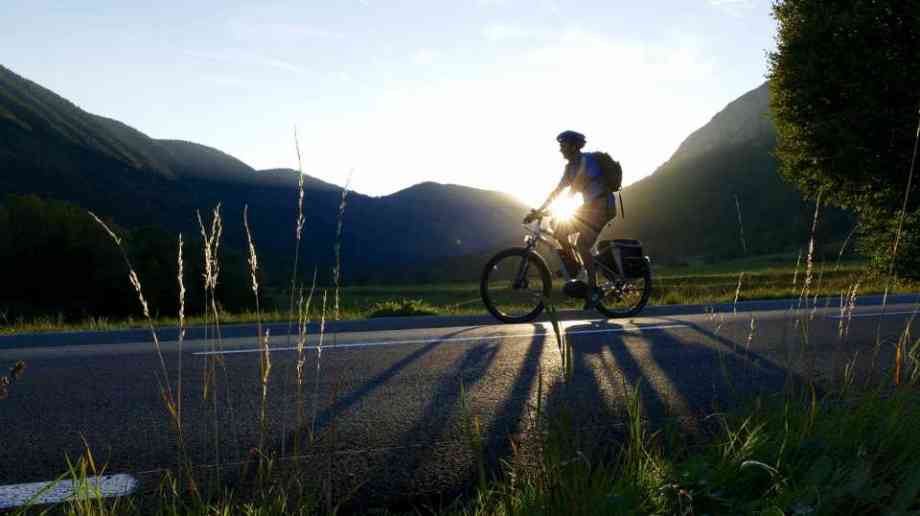Sue Robb of 4Children talks to Julie Laughton and Alison Britton from the Department for Education about the role of childminders in delivering the 30 hours free entitlement.

Covid-19: Conquering crisis through re-allocating space
Active travel has proved to be vital for our recovery from Covid-19. Here, Rachel White, head of Public Affairs at Sustrans, looks at the benefits that emergency measures to help pedestrians and cyclists to travel safely could have on our health and the health of our communities
The government recently announced a £250 million emergency active travel fund as part of a wider package of £2 billion for cycling and walking for the next five years.
The emergency fund is designed to be spent immediately by local authorities in England on pop-up cycle lanes, the widening of pavements, closing some streets to motor traffic, and cycling and bus corridors. This is to aid social distancing of two metres as lockdown measures begin to be lifted and there is more pressure on our streets to accommodate greater numbers of people.
Why a rise in walking and cycling is needed
Public transport is vital but in many areas will only be able to operate at 10-20 per cent capacity whilst maintaining social distancing. Even if a fraction of those journeys, usually done by public transport, were done by car instead, we would see grid-lock.
And this is why despite the devastation of Covid-19, the Secretary of State for Transport, Grant Shapps’ statement that this is 'a once in a generation opportunity to deliver a lasting transformative change in how we make short journeys in our towns and cities' is not fanciful hyperbole but a statement of intent which we hope will be reciprocated by local authorities up and down the country.
Active travel has proved to be vital for our recovery from Covid-19
We started to see a change in the language used by government in support of cycling and walking with the release of the Decarbonising Transport: Setting the challenge paper which came out before the true impact of Covid-19 was realised. The paper states the intent that public transport and active travel will be the natural first choice for our daily activities. This was in the context of tackling the climate crisis and meeting our zero- carbon 2050 targets.
Now we are seeing cycling and walking as a key way to keep us safe and socially distance as we return to work, or take exercise. And that is the crux of why re-allocating road space to cycling and walking is the key thing our towns and cities need to do, not just in the short-term to prevent the spread of Covid-19 but in the medium to long-term.
Increasing cycling and walking increases our resilience to all diseases by upping our daily physical activity and improving our health. This lowers the baseline burden on our NHS and local health services. Getting about by foot or cycle is a low carbon form of travel and doesn’t contribute to poor air quality. And it makes our towns and cities more liveable places that people want for their homes and for work. For example, a study from Systra found that being in proximity to a high quality cycle lane can increase house prices by up to 50 per cent.
We are now seeing examples of road space reallocation in countries all over the world and increasingly in the UK, to make more space for walking and cycling in response to Covid-19. Liverpool is spending £2 million on 100km of temporary pop-up cycle lanes and pavement widening whilst Bristol is closing streets to through traffic to open them up to walking and cycling.
The potential for long-term change
What will make the difference between a temporary change and creating a long-term shift to walking and cycling will be to make as many of these street changes as possible permanent. The best way to do this is to look to cycling and walking plans your council may already have in place and see where these can be rolled out early in response to Covid-19. Thereby creating space for social distancing now but tackling wider health, climate and air quality issues in the long-run.
Now is the time to transform plans into action at all levels of government to secure the health of people, places and the planet. If local authorities are putting emergency street space re-allocation measures in place and want to see feedback from residents, please get in contact with Sustrans and we can put the measure on our website at Space to Move where people can give their feedback on the changes. We hope this will give more local authorities the confidence to make many measures permanent.
One thing is clear: we must not solve one crisis by perpetuating others.
Company Focus
Located in Bromley, Japanese Knotweed Eradication Ltd has been providing solutions in the treatment and removal of Japanese Knotweed (Fallopia Japonica) for over a decade. During this time we have mastered a repertoire of methods, from herbicidal treatments to landscaping solutions, tailored to address the unique challenges our clients face with this pervasive weed.
Event Diary
UKREiiF has quickly become a must-attend in the industry calendar for Government departments and local authorities.
The multi-award-winning UK Construction Week (UKCW), is the UK’s biggest trade event for the built environment that connects the whole supply chain to be the catalyst for growth and positive change in the industry.
Supplier Profiles
Geo Energy
At GeoEnergy Design, we're on a mission to disrupt the traditional way heating and cooling ha
Latest Features
Professor Harith Alani, director of the Knowledge Management Institute at the Open University explains how AI can be used for good and bad.
Alex Lawrence, head of health & social care, techUK sets out techUK’s Five Point Plan for CareTech.












